The MSO3000E Series is the new mainstream digital phosphor oscilloscope to meet the customers needs applications with its innovative technology. The series is designed for the most extensive testing and measurement applications market with its industry leading specifications, powerful trigger functions and broad analysis capabilities. The MSO 3000E series has 16 bits of mixed signal logic channels with included UT-M15 logic probe kit. With the bandwidth ranges from 150 to 500 MHz and 2 or 4 channels, this model also features with up to 2.5G Sa/s sample rate and deep memory depth as well as waveform capture rates.
150 MHz~250 MHz
BANDWIDTH
2/4
ANALOG CHANNELS
2.5 GSa/s
REAL-TIME SAMPLE RATE
70Mpts
MAX. MEMORY DEPTH
200,000 wfms/s
WAVEFORM CAPTURE RATE
16
DIGITAL CHANNELS
16 Digital Channels Mixed Signal Analysis Capability
The MSO3000E features not only four analog channels but also includes 16 digital channels, enabling precise capture and display of digital-level signals and bus logic status.
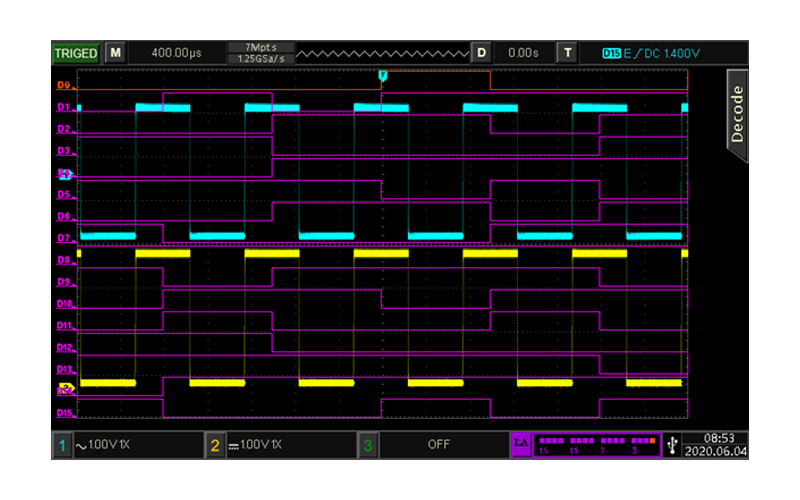
Built-in Dual-Channel 50MHz Signal Generator
With a built-in dual-channel 50MHz arbitrary waveform generator, the device seamlessly combines an oscilloscope, logic analyzer, and signal source into a unified tool, enhancing your testing experience with greater efficiency.
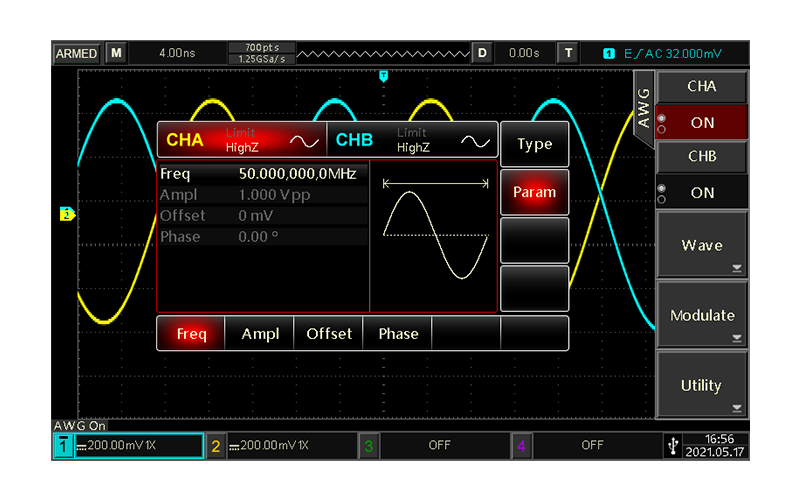
Independent Time Base and Multiple Trigger Functions
Comprehensive trigger functions cater to a wide range of test conditions, and the independent adjustment of the time base for each channel facilitates convenient simultaneous observation of four signals with significant frequency variations.
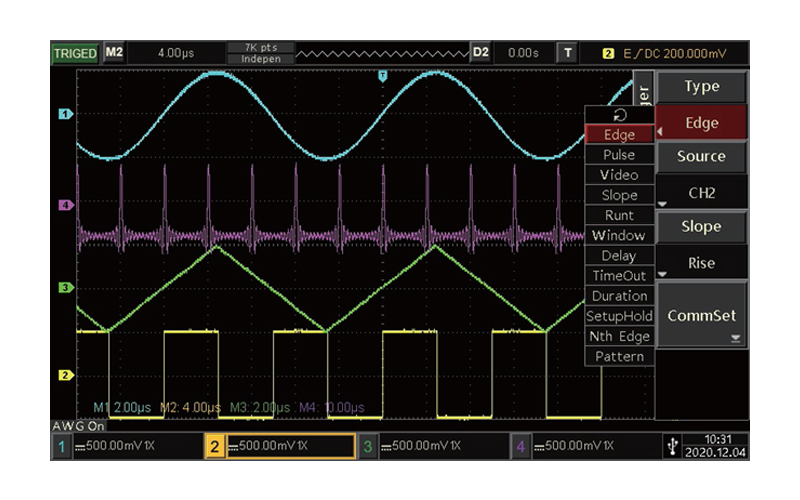
Fast numeric keyboard and unique 4-window display
A swift numeric keyboard facilitates rapid and effective data input, while the device boasts an independent 4-window display, enhancing the overall user experience for greater efficiency.
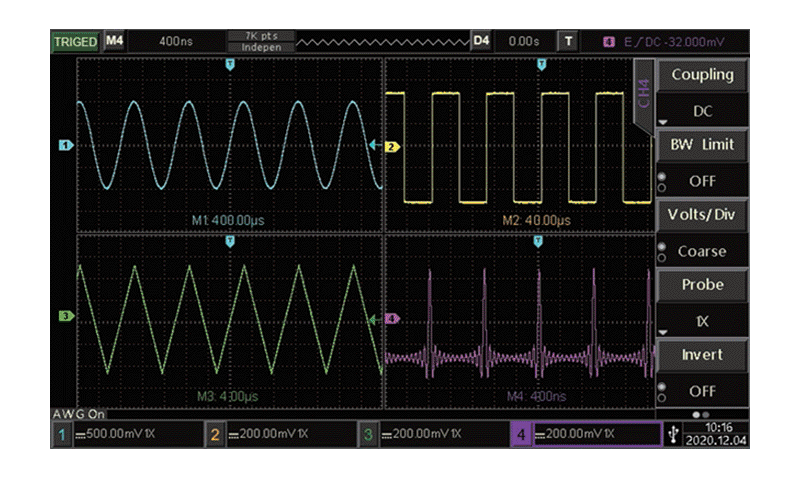
Longer memory depth
With a memory depth of 70Mpts per channel, even when simultaneously observing four channels of signals, the device can sustain the highest sampling rate for extended durations. This ensures the retention of waveform changes without any loss, allowing for detailed waveform analysis.
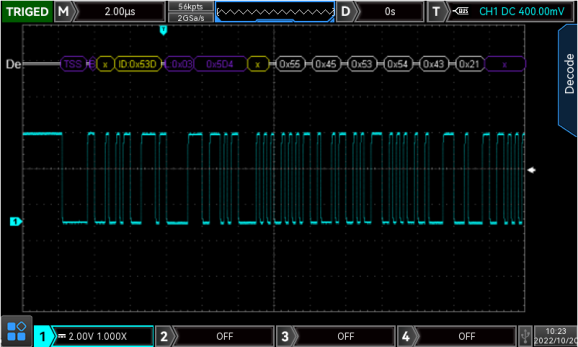
 Malaysia
Malaysia